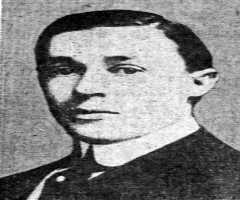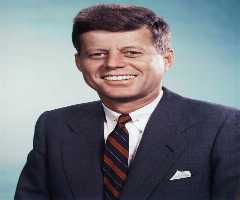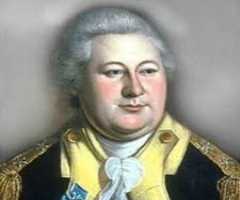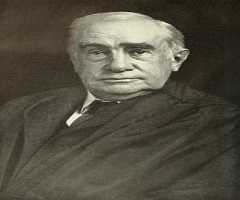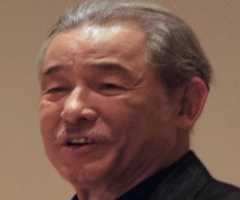Benjamin Lee Whorf Biography, Life, Interesting Facts

Birthday :
Died On :
Birth Place :
Winthrop, Massachusetts, United States of America
Zodiac Sign :
Benjamin Lee Whorf was born on April 24, 1897, in Winthrop, Massachusetts, USA.
Education
Even as a young child, Benjamin Lee Whorf found different languages to be fascinating. It’s not an average for a kid to be interested in, but this hobby left a lifelong impression, which led to a lifetime working in linguistics. As much as he loved studying language, he actually studied chemical engineering when he attended the Massachusetts Institute of Technology. In his spare time, he continued to study language, even though he did not pursue a degree in it at first. Later, when he was a graduate student, he attended Yale University. Here, he began to study linguistics professionally. He focused on the languages of Middle and Southern American Native Americans, specifically, the Hopi language.
It was while at Yale that Benjamin Lee Whorf met another linguist, Edward Sapir. Together, they researched Native American languages. One of their biggest research projects together was discovering Mayan hieroglyphics.
The Sapir-Whorf Hypothesis is named for this duo. The hypothesis was made the by two, and basically says that the way a person’s language and dialect work helps to determine how a person experiences the world. So, if two people speak different languages, they are likely to experience the same thing in different ways.
Career
Benjamin Lee Whorf’s first career was not in linguistics, but instead, he worked at the Hartford Fire Insurance Company. While working here, he continued to study language, though. Also while working here, Benjamin Lee Whorf was offered other jobs, like teaching, but he turned them down, as he thought the other jobs would take away from the time he used to research.
In 1930, Benjamin Lee Whorf was funded by a grant that would allow him to travel to Mexico to study the languages of the indigenous people of the surrounding area. He learned his favorite language, Hopi, better than most linguists of the time. He compared Hopi, and the other native languages, to that of English and other European languages to find the similarities and differences between the languages. He later went on to write several articles and books on the languages he studied during this trip and afterward.
In 1937, he took on a teaching position at Yale University, but he only stayed there for a year. While teaching, he continued his research, now looking both into literal translations of multiple works and the symbolic meanings. One of the books he looked into the most was the Bible. He looked for hidden meanings in translations. Since he could also read Hebrew, he made his own translation of the book of Genesis, the first book in the Bible.
After leaving his teaching post at Yale, he spent the rest of his life writing and researching.
Publications
Most all of Benjamin Lee Whorf’s books were on the linguistics of Middle American and South American cultural dialects and languages. Most of his books were published during his life, but several were published posthumously. Some of his most famous publications are listed below.
Maya Writing and Its Decipherment
Discussion of Hopi Linguistics
Linguistics as an Exact Science
Grammatical Categories
A Review of General Semantics
Family Life
Benjamin Lee Whorf married Celia Inez Peckham in 1920. The couple had three children together. The marriage ended with Whorf’s death.
Death
Benjamin Lee Whorf died on July 26, 1941. He was 44 years old when he passed away.



